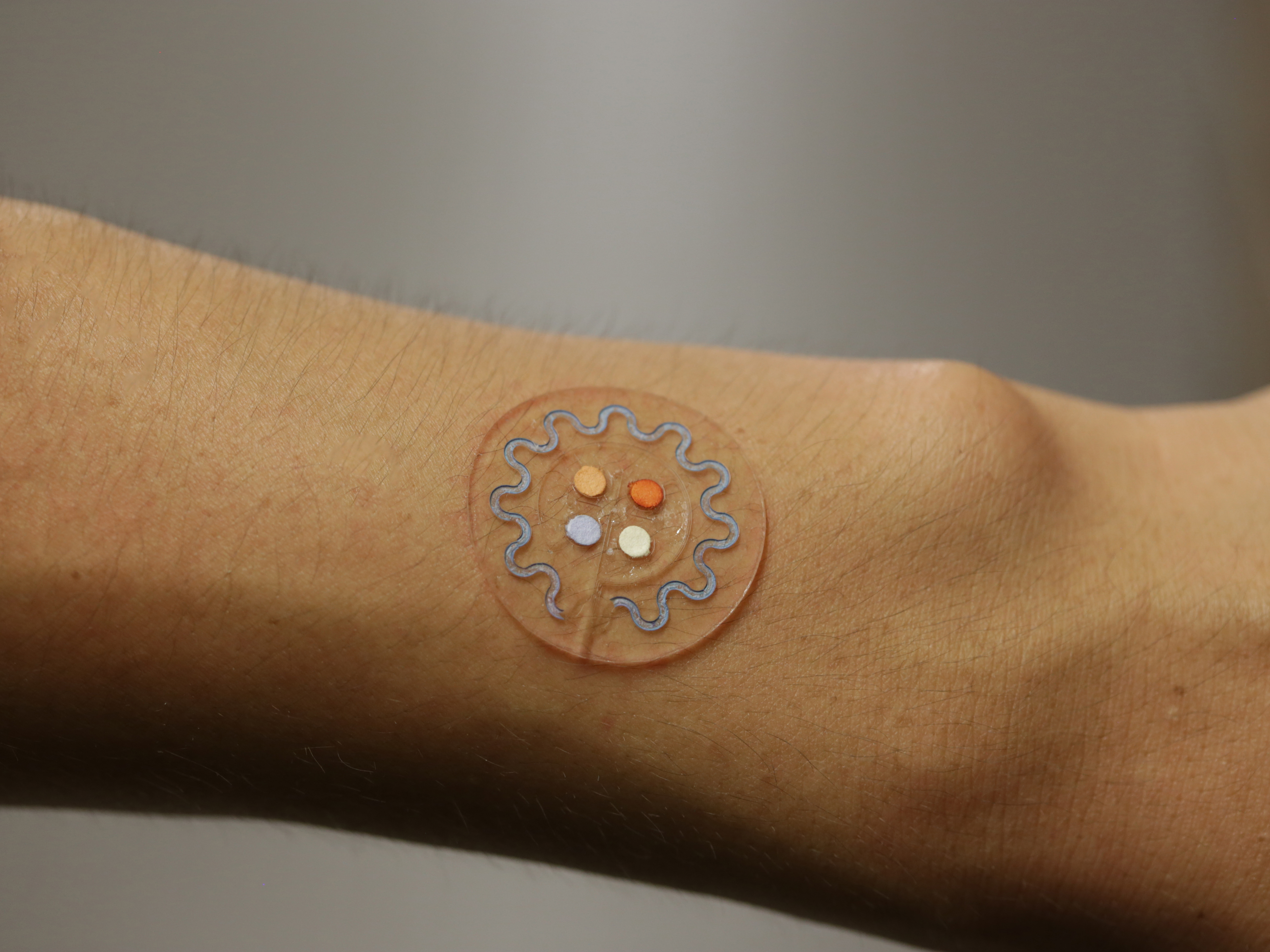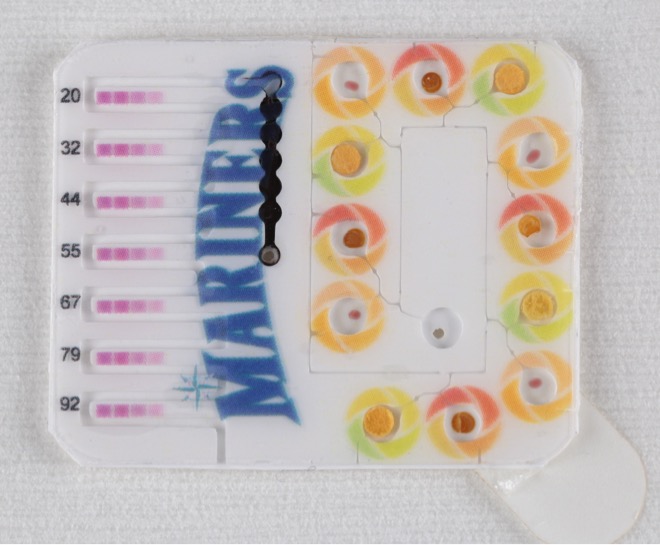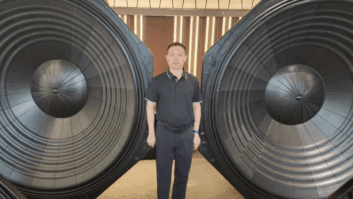Watch: Gatorade’s Skin Patch Tells You If You’re Dehydrated
As spring settles in and temperature rise, athletes around the country will head outdoors to test their limits of speed and endurance — often training in extreme heat and humidity.
While dehydration is a concern for all competitors, monitoring one’s electrolyte levels is often no more scientific than tracking the amount of water consumed. As no two players are alike, such practices often result in data that’s both inefficient and ineffective.
One Northwestern University professor, however, has worked with Gatorade to create a Band-Aid-like flexible patch that he said can will let you know you’re dehydrated by simply looking at it. Perhaps best yet: It could be on retail shelves within a year.
Developed by Dr. John Rogers, a professor of materials science and engineering, biomedical engineering and neurological surgery at Northwestern’s McCormick School of Engineering, the transparent, quarter-sized silicone patch can be affixed nearly anywhere on the body. As the wearer begins to sweat, perspiration flows through microfluidic channels within the patch’s reservoirs, passing through food-coloring dye and indicating the levels of chloride within the sweat.

Users can then examine the patch to monitor both the level of dehydration and the concentration of chloride within the sweat. (Chloride levels are good indicators of total electrolyte loss, Rogers said.)
Athletes can even snap a picture with their smartphone to receive more detailed analysis.
See: Fitbit Turns To Kids As Wearables Continue To Find Footing
Rogers partnered with the Gatorade Sports Science Institute (GSSI) in development of the device. “You can imagine they have obvious business-related interest in a technology of this type,” he acknowledged, “but they also are experts in sweat and sweat loss as they’ve been studying it for [30] years.”
The work Rogers and his team does with GSSI involves converting how the loss of sweat in a small area correlates to a person’s total sweat loss, establishing a calibration factor. It’s been tested with a number of college and pro teams, including the Seattle Mariners.
Perhaps most astonishingly, the patch can be worn by swimmers — a class of athletes notoriously difficult to track for hydration — and is currently being tested by the Northwestern swim team.

Beyond just athletics, the patch is presently in use at children’s hospitals to test infants for cystic fibrosis. Standard cystic fibrosis tests involve a hard puck tightly strapped to a baby, said Rogers, or a series of adhesive tapes and pads, which can be painful and inaccurate — babies don’t sweat much — as well as stressful for patients and parents alike.
It’s also being tested to monitor patients who are undergoing stroke rehabilitation. “Most stroke patients have body asymmetry that causes the body to sweat differently, said Rogers, “and you can quantify that and use this metric for the patient’s condition and evolution of the condition over time.”
See: NFL In Bed With Sleep Number
Meanwhile, patients suffering from kidney dysfunction are also expected to benefit, as the patch is able to provide a more precise measurement sweat loss. This will enable doctors to come up with a more precise treatment plan over the current vague hydration recommendations of today, he noted.
While the medical-facing potential for the device is understandably exciting, Rogers noted that the patch was initially developed in the context of sports and fitness, and he anticipates it to become available at retail in this capacity within the next year or two. His start-up company, Epicore Biosystems, is working with Gatorade to make the patch broadly available at retail. “They’ve worked out a manufacturing flow so we know how to build these devices at high volume.”
Pricing is still in flux, but Rogers expects some versions of the single-use patch to be around $3 each, and perhaps lower for some diagnostic screening purposes, he said.
r. Each is designed to be worn for one exercise or training period, or about two hours, said Rogers. Although they can be sterilized and reused if necessary — one could theoretically wear a patch for several days — the group’s ultimate goal is to have pricing reflective of this single-use mode.
Looking beyond sweat measurement, the patch also offers greater potential for measuring other parameters, Rogers said, including the ability to add an electronics module to measure body temperature and activity.
Editor’s Note: A clarification was made regarding the patch’s pricing based on updated info from the developers.













